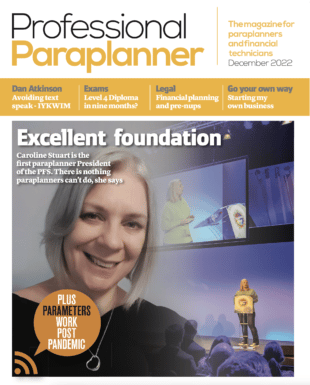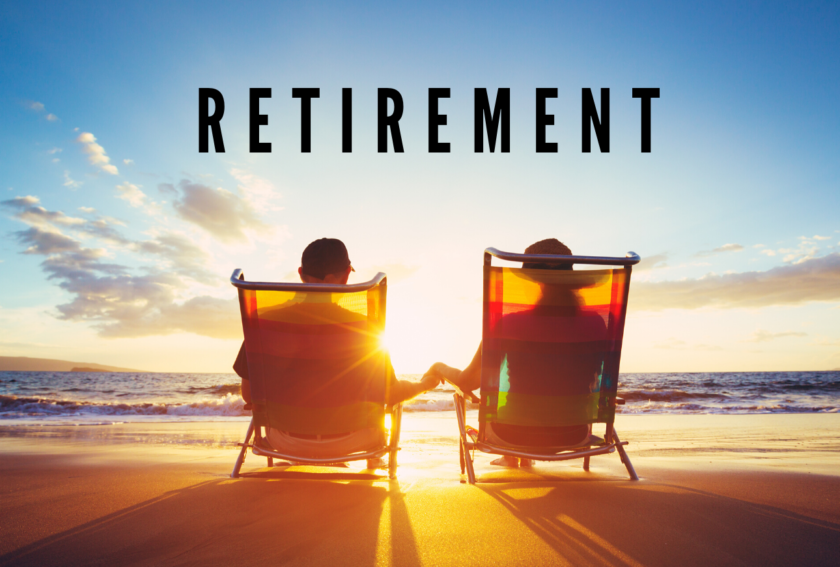Retirees need to have a pension pot worth £645,000 to live a comfortable lifestyle in retirement, new research from Quilter has revealed.
The calculations, based on the Pensions and Lifetime Savings Association’s Retirement Living Standards, found that a single person would need to have an annual income of £26,700 per year on top of the state pension to live a comfortable lifestyle.
According to PLSA’s Retirement Living Standards, a comfortable retirement consists of being able to go abroad in Europe for three weeks a year, have £144 to spend on food a week and be able to gift £56 for every birthday present among other measures.
For those seeking to achieve a ‘moderate’ retirement lifestyle, a single person will need a pension pot of around £301,000, allowing them to be able to afford £74 a week on food as well as two weeks in Europe and a long weekend in the UK every year.
Finally, for someone looking to achieve a minimum lifestyle, they will need to build up a pot of around £44,000, the retirement specialist said.
Jon Greer, head of retirement policy at Quilter, commented: “While these figures are only a guide it is worth noting that you need to build up a relatively significant pension pot just to achieve a moderate lifestyle. Starting young is key as pension pots have a compounding effect that helps money grow much more the longer it is in the pot.”
Greer pointed out that the standards assume that retirees are living rent or mortgage free in their homes and says the figures will have to rise considerably for future generations as rising house prices means many people will be forced to take out larger mortgages with terms that stretch into their 70s to lower their monthly mortgage payments.
Greer added: “The PLSA’s figures also do not account for the potential costs of requiring social care. According to the Office for National Statistics, male healthy life is around 62.8 years and for women it is 63.6. Meanwhile life expectancy was 79.0 years for males and 82.9 years for females meaning that many people will spend a significant proportion of their retirement in ill health potentially needing to access costly care.”































